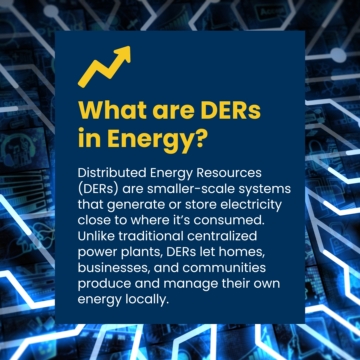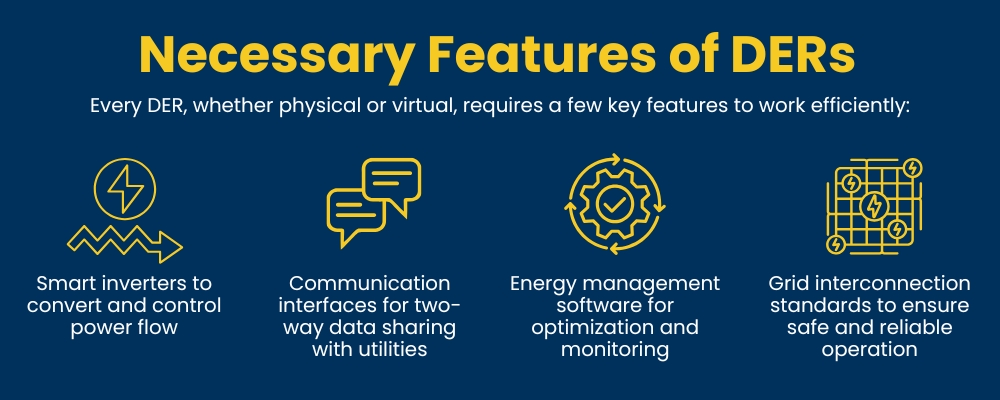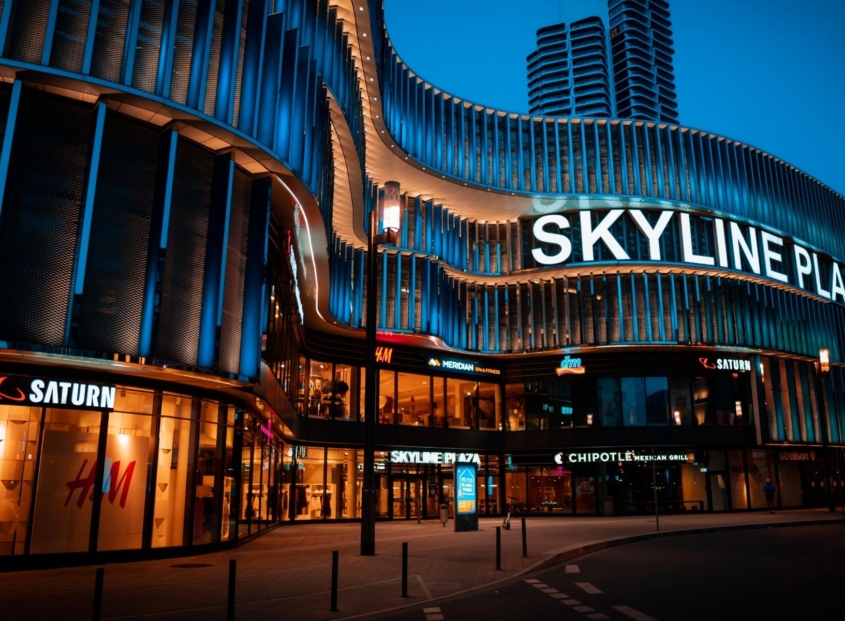DERs Are Reshaping the Grid: Here’s What’s Happening
Energy awareness is growing fast among both homeowners and business owners. In the Northwest alone, energy demand is expected to double by 2046, fueled by automation, electrification, and the ongoing push to save on energy costs. This surge in demand means the power grid needs to evolve, and electrical professionals will be at the forefront.
What are DERs in Energy?
Distributed Energy Resources, or DERs, are small-scale power sources that generate or store electricity near where it’s used. Unlike traditional centralized power plants, DERs allow local communities and businesses to produce their own energy.
traditional centralized power plants, DERs allow local communities and businesses to produce their own energy.
How Do DERs Work?
DERs connect directly to the distribution grid. Instead of pushing electricity long distances through transmission lines, DERs’ localized setup allows the grid to respond faster to changing energy demands. There are two types of DERs: physical and virtual.
Physical DERs
Physical DERs are the equipment you can see and touch. These systems generate or store power locally, supply energy directly to a building, or send excess energy back to the grid.
Examples of Commercial & Residential DERs
- Rooftop and other solar photovoltaic panels
- Wind turbines
- Battery and energy storage systems
- EV charging stations
Virtual DERs
Virtual DERs, on the other hand, are software-driven systems that coordinate multiple DERs to act as one. Known as Virtual Power Plants (VPPs), they use cloud-based platforms, real-time communication, and automation to balance loads, predict usage patterns, and support grid stability.

Necessary Features of DERs
Every DER, whether physical or virtual, requires a few key features to work efficiently:
- Smart inverters to convert and control power flow
- Communication interfaces for two-way data sharing with utilities
- Energy management software for optimization and monitoring
- Grid interconnection standards to ensure safe and reliable operation
For electricians, understanding these systems is crucial. From safe installation to troubleshooting and ongoing maintenance, skilled professionals are at the center of the energy transformation taking place today.
Electrical Grid Demand & DERs
As our digital world grows, data centers are using more electricity than ever to keep cloud computing, automation, and online services running 24/7. These facilities can consume 10 to 50 times more energy per square foot than a typical commercial building. In the U.S., data centers used about 4.4% of all electricity in 2023, and that number could jump to 12% by 2028, with demand expected to rise more than 160% by 2030.
DERs are an essential component in meeting demand loads and ensuring grid reliability.
- Smart grids use two-way communication between utilities and DERs to provide real-time data to utilities and consumers.
- Data collected can adjust DERs’ output and calculate energy demand.
- Smart grid and DER integration can automatically balance loads during peak times and provide local back-up power during outages.
DERs constitute a significant piece of the grid modernization puzzle. They make the system more flexible, reduce strain on transmission lines, and support renewable energy adoption. This not only enhances grid reliability but also contributes to a more sustainable energy future. For electricians, this shift means new opportunities to install, maintain, and integrate advanced technologies.
What Electrical Professionals Need to Know
As DERs become more common in commercial and residential projects, electrical professionals must expand their knowledge beyond traditional wiring and power distribution. Here are a few key areas to focus on:
- Interconnection Requirements: Each DER must meet utility and code standards. Electricians should stay familiar with local interconnection rules and permitting processes.
- System Design and Sizing: Understanding load management, storage capacity, and inverter selection ensures each system runs efficiently and safely.
- Energy Storage Integration: Batteries are becoming a standard part of DER systems. Electricians need to know how to install, configure, and manage these systems for peak performance.
- Networking and Communication Protocols: Modern DERs rely on digital communication for monitoring and control. Basic knowledge of networking, smart meters, and IoT connections is increasingly valuable.
- Safety and Commissioning Procedures: Proper grounding, overcurrent protection, and shutdown protocols are essential to protect workers and end users.
Staying informed about these areas helps electrical professionals ensure DER systems are installed safely, operate reliably, and meet current standards.
Join a Network of Electrical Professionals Shaping the Industry
The NECA–IBEW Local 48 partnership has been driving the electrical industry forward across Oregon and Southwest Washington for over a century.
Visit our membership pages for the Oregon-Columbia Chapter of NECA or IBEW Local 48 to learn more.
SIGN UP FOR OUR NEWSLETTER

